HP's OMEN Obelisk is an incredible machine, and it's fair to say that I've fallen in love with it since HP sent me a unit last month. Most importantly, it's powerful, including an Intel Core i7-8700 CPU and Nvidia GeForce RTX 2080 graphics, along with 32GB RAM.
Typically, my main desktop is an Alienware Aurora R6, which has a Core i7-7700 CPU and GTX 1080 graphics. Both the CPU and the GPU are bumped up by a generation on the OMEN Obelisk, and the difference in performance is awesome.
The design is pretty cool too. It has RGB lighting all over the place, including inside of the device behind the transparent panel. It's also easy to take apart, allowing for tool-less access to the interior.
Specs
| CPU | Intel Core i7-8700 |
|---|---|
| GPU | Nvidia GeForce RTX 2080 |
| Memory | 32GB HyperX FURY DDR4-2666 |
| Storage | 512GB7 PCIe NVMe M.2 SSD + 1TB 7200 rpm SATA HDD |
| Power supply | 500W |
| Ports |
Front: (2) USB 3.1 Gen 1 Type-A Rear: (5) USB 3.1 Gen 1 Type-A RTX 2080: (3) DisplayPort 1.4 |
| OS | Windows 10 Home |
| Price | $2,373 |
Performance
Normally, performance is one of the last things I talk about in a review, because for the most part, we know what to expect. But I think that the performance is the highlight of the OMEN Obelisk, if for no reason other than that it's a gaming PC and performance is one of the most important aspects of it.
But it's also because this machine just flies. I mentioned the specs of my main desktop rig because both the CPU and GPU are from the previous generation to the ones in the OMEN, and while sometimes a jump in the generation has trivial improvements, that's not the case here.
Starting with the CPU, the OMEN Obelisk has a Core i7-8700, a 65W hexa-core processor with a 65W TDP. This isn't to be confused with the i7-8700K, a 95W chip that's unlocked for overclocking. The big change from the seventh-generation is that there are six cores instead of four. There are some other improvements too, such as that the new CPU supports up to 128GB of memory instead of 64GB, although my unit shipped with 32GB, which was plenty.
While the CPU definitely delivers a serious performance enhancement, the GPU is really where it's at. Nvidia's GeForce RTX 2080 is still an 8GB graphics card, although now it uses GDDR6. The big new feature is called ray tracing. Ray tracing is exactly what it sounds like, tracing rays of light. This allows for better rendering of things like shadows.
Ray tracing is not a new concept by any means. It's long been used for things like creating video effects, when rendering time doesn't matter, as it takes a lot of power. The big difference now is that this can be done in real-time, meaning that ray tracing can be done with gaming.
There aren't a lot of games that support it yet though, and the one I went with was Battlefield V.
Update: An earlier version of this review listed Shadow of the Tomb Raider as a game that supports ray tracing, but the feature isn't available yet and will come in an update to the game.
Please keep in mind that the Battlefield V gameplay video contains explicit language.
The games were played in 4K, and I also made sure to spend a bit of time playing on my own PC, with its Core i7-7700 and GTX 1080. The rendered graphics are just so much better on the OMEN Obelisk, in just about every way. If you go back and watch Nvidia's original promos of the RTX graphics cards (with the whole RTX on/RTX off thing, which eventually became an internet meme), they're not exaggerating.
But while I did spend a fair amount of time testing gaming on this gaming PC, that's not all that I did and it's not all I want to talk about. Like I said, this machine flies, and not just when relates to gaming. Naturally, I also did a lot of video editing. While rendering times were definitely shorter, it wasn't by a lot, and that's fine.
Very rarely will I say that going from one generation to the next on PCs is a worthwhile upgrade, but this time I think it is. Intel and Nvidia both made big jumps in performance this time around, and it unlocks new capabilities. If you're looking at gaming PCs, you probably care a great deal about performance, and the difference here is probably great enough that it might be worth looking at. Of course, you could also always buy a GeForce RTX 2080 for your PC and get most of what you need.
For benchmarks, I used PCMark 8, which has three tests: Home, Creative, and Work. First up is Home, which checks common tasks like casual gaming, video chat, web browsing, and more.


Obviously, it performs quite well, which is no surprise. Next up is the Creative test, which checks GPU-intensive tasks like mainstream gaming, video editing, and more.
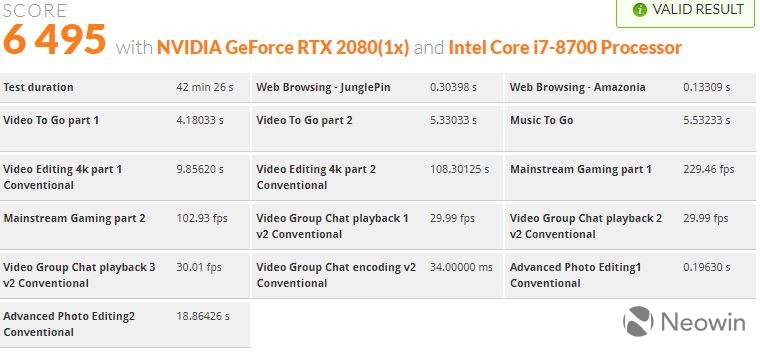

Finally, the Work test checks productivity-related tasks like writing and spreadsheets.


I think the results here speak for themselves.
Design
Behind the performance in terms of priority is probably design, as we do like to game in style, and the OMEN Obelisk is certainly stylish. The left side has a tempered glass panel, so you can see the inside of the PC lit up by the RGB lighting. This is for the high-end model, as the ones with the older GTX GPUs have a metal panel.
The other bit of RGB lighting comes from the front of the PC, in the OMEN logo. This can all be customized through the OMEN Command Center application.
On top of the unit in the front, there are two USB 3.1 Gen 1 Type-A ports, 3.5mm audio input, and 3.5mm audio output, along with the power button. I think front-facing USB ports are important for a gaming machine, but I do prefer machines that have four instead of two. You might use those two ports for a controller and a headset, and then there isn't room for anything else.
For things that are plugged in all the time, there are the five USB 3.1 Gen 1 Type-A ports on the back. There's also a USB Type-C port back there in case you need it. Again, I do wish that there were more USB ports. I already regularly use up four USB ports with a mouse, a keyboard, an external drive, and a webcam. Add on a Windows Mixed Reality headset and there are no extra ports in the back. Plug in a controller and a headset in the front, and there's nothing left for, say, a USB drive.
Naturally, there's an Ethernet port for wired internet, which is critical for gaming, and there are the standard six 3.5mm audio jacks. On the RTX 2080 card, there are three DisplayPort 1.4 ports, HDMI 2.0b, and one USB Type-C port.
One key feature is that the OMEN Obelisk is easy to open up. There's a button on the back that you can press to easily remove the transparent glass panel. Once that's removed, you can then easily remove things like the 3.5-inch drives from the two bays, or the memory.
While tool-less operations are a nice novelty, I'm not sure how much value it really provides. I've never opened up a PC and thought, "Man, if only I could do this without a screwdriver." After all, things like the power supply, GPU, fan, and more would still require tools to be replaced.
Mouse and keyboard
Like most desktop PCs, the HP OMEN Obelisk comes with a mouse and keyboard. They're different units than other HP PCs I've used, because they're both wired. HP PCs tend to come with a mouse and keyboard setup that use a single USB dongle, a setup I've never really cared for. For some reason, it never sits right with me to use two devices with one dongle.
But these are wired, which is key for gaming. There's nothing worse than a wireless accessory failing at just the wrong moment during the game.
Other than that, these peripherals are about as basic as it gets. The keyboard isn't even backlit, and they both feel kind of cheap. Honestly, I don't really care though. Have you ever bought a high-end PC because of the mouse and keyboard it comes with? No, me neither. It's the PC that matters, and this PC is awesome.
The good thing is that they're both usable. I've found the keyboard to be quite accurate, and the mouse is, well, a mouse. Still, you're probably going to want to take a look at different peripherals if you pick up an OMEN Obelisk, and we'll look at some options in a bit.
HP divides up its gaming products into three categories: mainstream, performance, and enthusiast. The Pavilion brand is mainstream, and OMEN is enthusiast. If you want the absolute top-end, you should be looking at OMEN X. That's where you'll find Intel's Extreme CPUs, an option for an Nvidia GeForce RTX 2080 Ti, and better gaming peripherals.
HP OMEN peripherals
Alongside of the OMEN Obelisk, HP also sent me a variety of peripherals to try out. These include the OMEN Sequencer keyboard, OMEN Reactor mouse, OMEN Mouse Pad 200, nd the OMEN Mindframe headset.
These are the accessories that you really want for gaming. The OMEN Sequencer is a mechanical keyboard that has RGB lighting the can be controlled by different user-customized zones. There's a wheel at the top-right for adjusting the volume, and it has five customizable macro keys on the right.
The OMEN Reactor mouse also has customizable buttons, and it promises 3x faster response time. It also has a metal cable for added toughness, and two different zones of RGB lighting including the scroll-wheel and the OMEN logo. There's also the OMEN Mouse Pad 200, which is just a massive mousepad.
Finally, the OMEN Mindframe has a cooling system in it to cool down your ears while you're gaming. You can check out our review of the accessory here.
Both the Sequencer keyboard and the Reactor mouse are much, much better than the accessories that come in the box with the OMEN Obelisk, in just about every way. The OMEN Sequencer usually costs $179.99, although it's currently available from Amazon for $139.99. The OMEN Reactor will run you $79.99, and that's available here. Finally, the OMEN Mindframe headset is usually $199.99, and that's on sale at Amazon for $183.49.
Software
The main application that you can use to control all aspects of the HP OMEN Obelisk is the OMEN Command Center. There are also things like HP Support Assistant and Nvidia GeForce Experience, which you'll definitely want to use to make sure your drivers are up to date, but OMEN Command Center is what you'll use to customize your experience.
You can use it to view system resources, and you can also use it to control network priority. For example, you can see in a screenshot above that I set Shadow of the Tomb Raider to high priority, while other applications accessing the internet are set to medium. There's also an auto setting if you don't want the custom control.
And of course, you can use it to control the RGB lighting on the HP PC and the HP peripherals. Note that if you purchase the peripherals with a non-HP, you can still download OMEN Command Center from the Microsoft Store.
There are two zones to set on the PC itself, the OMEN logo and the interior. You can set them to a static color (any color in the spectrum if you go to advanced settings), or you can set an animation. I used Color Cycle most of the time, and there are a bunch of preset cycles you can use, or you can set a custom one. You can also set it to do other things, like change to music that you're listening to.
One issue that I have with this is that the lighting doesn't sync with the peripherals. For example, if I set both zones on the OMEN Obelisk to Color Cycle on the same preset, they sync with each other so that they're always the same color. If I add those same settings to the OMEN Reactor and the OMEN Sequencer, those are on their own clock, so they're showing different colors than the PC is.
Conclusion
If you're looking for a powerful new desktop PC, this is it. It's one of the best towers that I've ever used, and as I mentioned in the title, Nvidia's new GeForce RTX 2080 is literally game-changing, due to the ray tracing feature.
Honestly, the only things that I take issue with have to do with peripherals, such as how the ones that come in the box feel cheap. But that's OK. You can replace them with whatever you want, or you can replace them down the line. I also take issue with the fact that the color animations don't sync between the PC and the peripherals.
But the OMEN Obelisk itself is just a phenomenal machine. It's pretty to look at, since you can see the internals, lit up by the beautiful RGB lighting. And the performance is just awesome. Games look great, and everything that I've done on this machine is just speedy.
If you're getting a new gaming PC, do yourself a favor and get one with Nvidia's RTX graphics. You won't regret it, and the HP OMEN Obelisk is a great choice.

















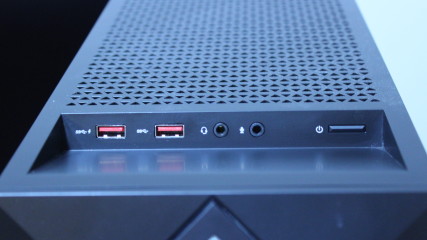

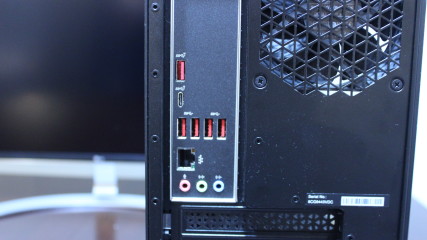
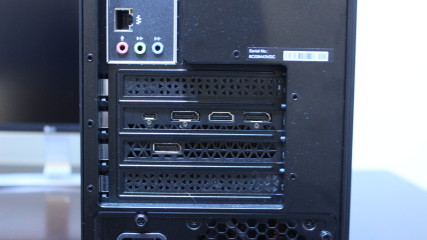
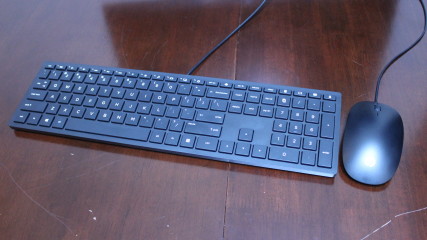
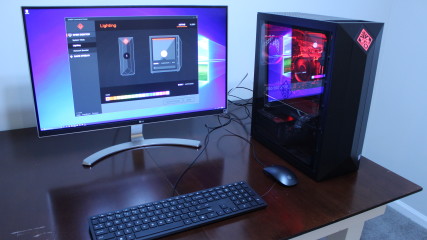
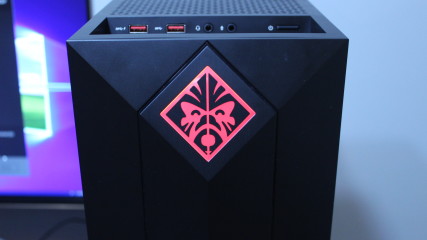
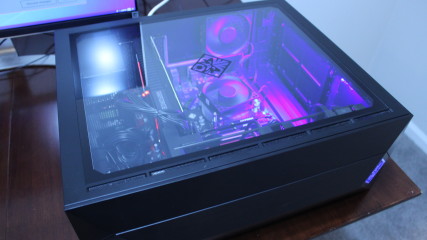
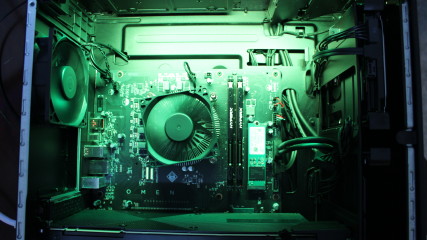
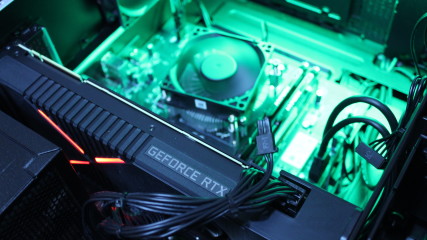
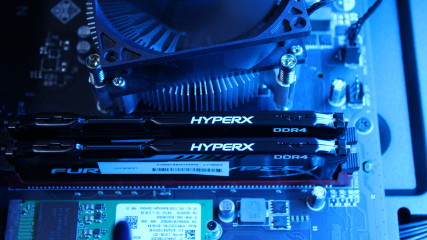
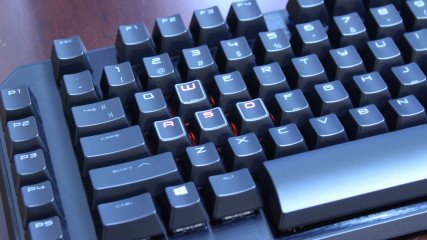
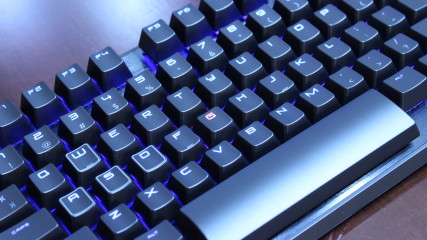
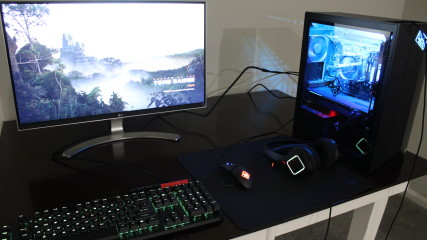
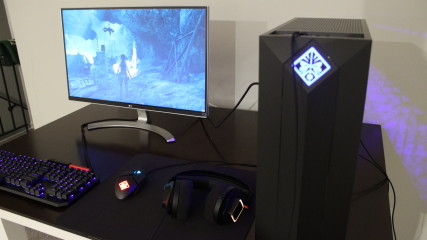
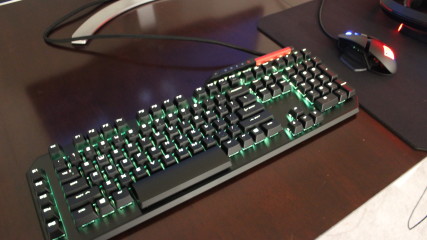
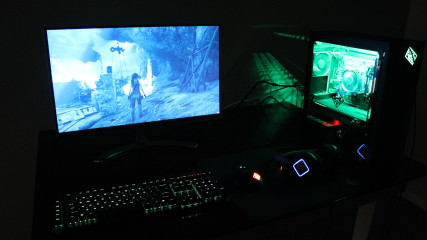
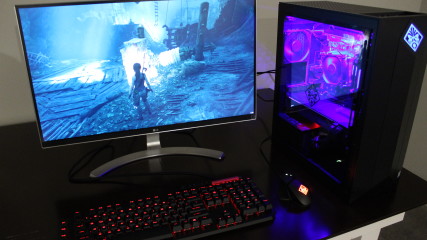











22 Comments - Add comment